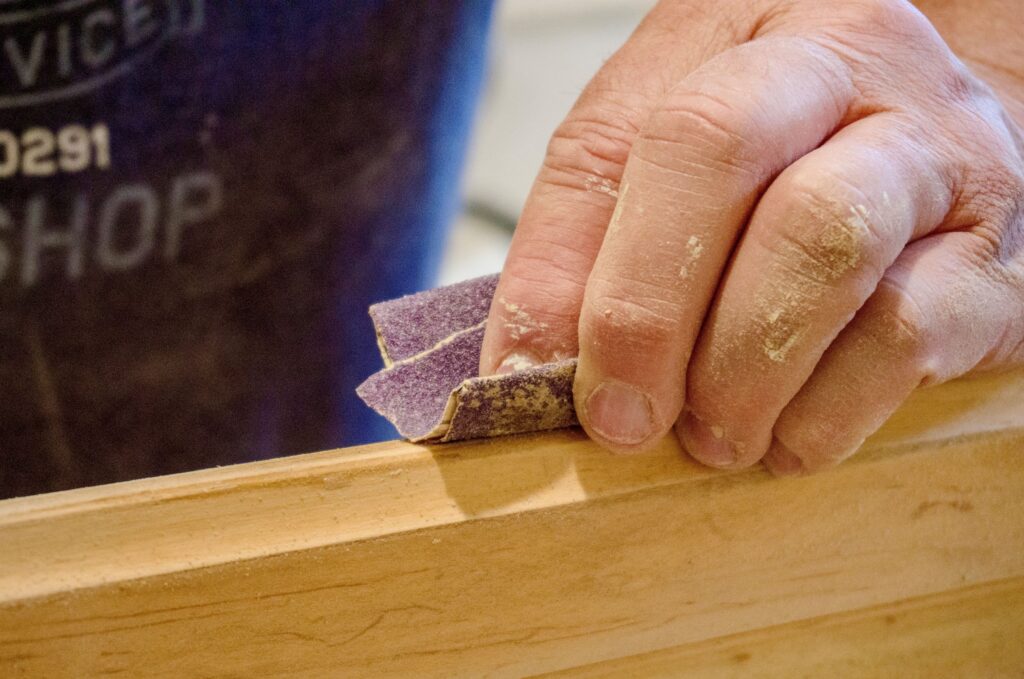Sanding is an essential part of woodworking, as it helps to smooth out rough surfaces and prepare wood for staining, painting, or finishing. However, with so many different types of sandpaper available, it can be challenging to know which grits to use for each stage of sanding. In this blog, we’ll look at the three common sandpaper sanding grits used in woodworking and when to use them.

- Coarse Grits (40-60 grit)
Coarse grits are typically used for the initial sanding of rough wood surfaces. They are the most abrasive type of sandpaper and are used to remove large amounts of material quickly. Coarse grits are also used to remove old paint or varnish from wood surfaces. The most common coarse grits are 40-60 grit sandpapers.
When using coarse grits, it’s essential to be careful not to over-sand the wood, as this can cause damage to the surface. It’s also important to sand with the grain of the wood to avoid creating scratches or gouges.
- Medium Grits (80-120 grit)
Medium grits are the next step up from coarse grits and are typically used to smooth out rough surfaces after the initial sanding. Medium grits are less abrasive than coarse grits and are used to remove smaller imperfections in the wood surface. The most common medium grits are 80-120 grit sandpapers.
When using medium grits, it’s important to keep the sandpaper flat on the surface and to sand with the grain of the wood. Sanding against the grain can cause scratches and other damage to the wood surface.
- Fine Grits (150-220 grit)
Fine grits are the least abrasive type of sandpaper and are used for the final sanding of wood surfaces. Fine grits are used to smooth out any remaining imperfections and to create a smooth, even surface for finishing.












 Do Not Sell My Personal Information
Do Not Sell My Personal Information